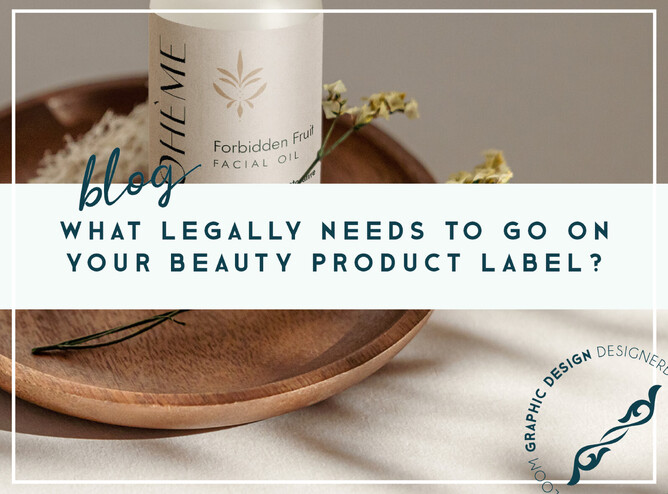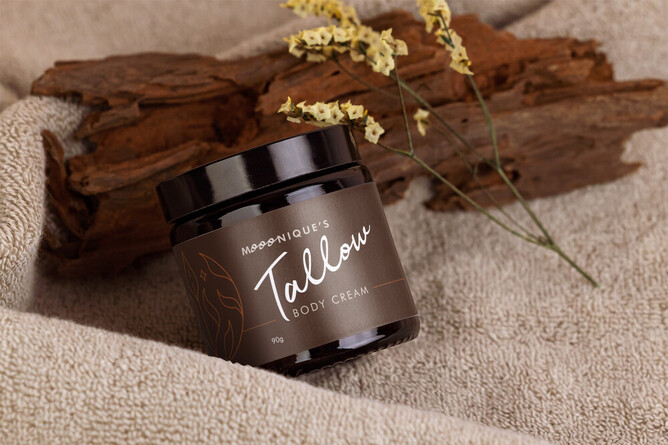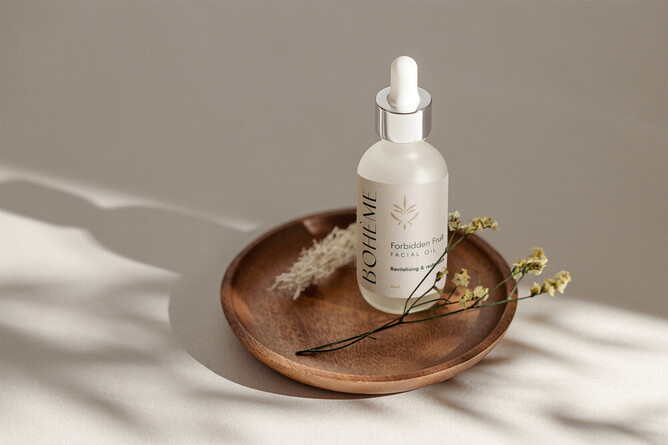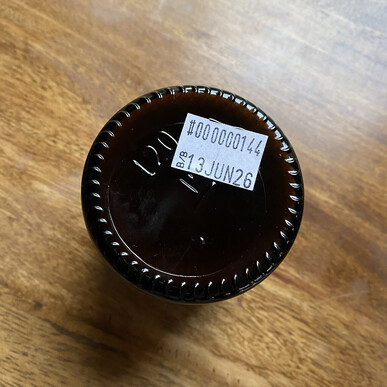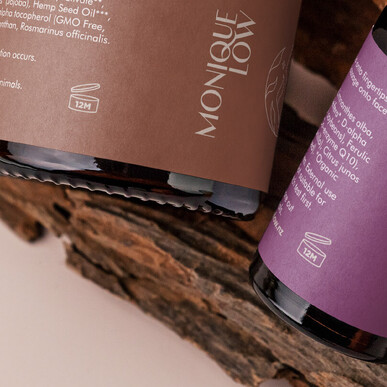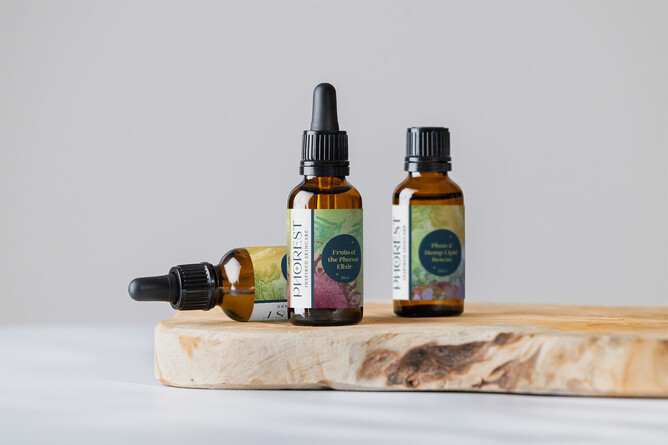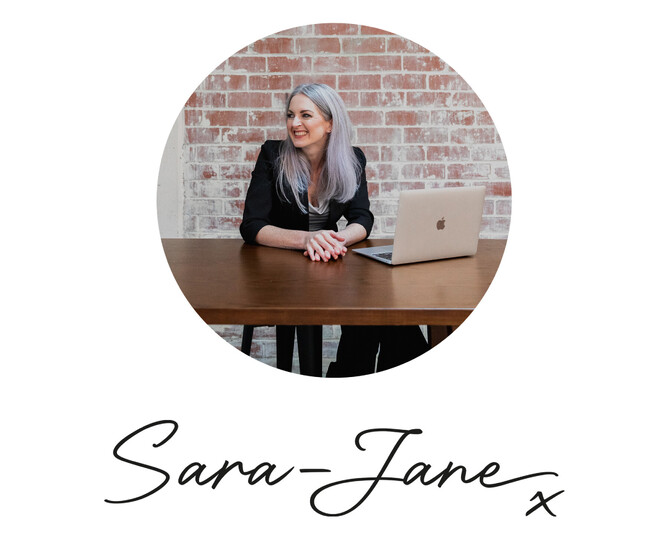Labelling your Skincare or Beauty Product? Here’s what NZ Law says you need...
If you're launching your own beauty, skincare or wellness brand in New Zealand, you're probably thinking about packaging, labels, and how to stand out on the shelf.
But, before you fall in love with fonts and colours, it's important to know what you're legally required to include on your product labels.
As a designer, I often work with beauty clients who are surprised to learn that certain things – like addresses, expiry dates, or batch numbers – are not just "nice to have" but legally required.
Here’s a breakdown of everything you need to include, plus tips to make your label both compliant and beautifully branded.
What you Legally need to include on your Beauty Product Label in NZ
1. Product Name
Clearly describe what your product is.
✅ Example: “Hydrating Facial Mist” or “SPF 30 Tinted Moisturiser” or "Facial Moisturiser" or "Lip Balm", etc.
2. Ingredients List (INCI* Format)
Must be listed in descending order of predominance (from most to least).
Use their scientific names (INCI*) – not just “shea butter” or “vitamin C.”
Place on the outer packaging or container, in English.
✅ Example: Aqua (Water), Butyrospermum Parkii (Shea Butter), Ascorbic Acid (Vitamin C)...
If you skip INCI and only use English names, you’re technically non-compliant under NZ regulations, which are closely aligned with EU cosmetic labelling rules.
*INCI stands for International Nomenclature of Cosmetic Ingredients. It's a globally standardised naming system used to identify ingredients in cosmetics and personal care products. The INCI names are usually based on scientific or Latin terminology, and they ensure consistency across different countries and brands.
3. Net Contents
Display the weight, volume, or quantity of the bottle/tube/jar.
Ensure it's legible by keeping the height of the font at least 2.5mm.
Use metric units and include this on the front of the packaging.
✅ Example: 50mL, 120g, 3.5g
4. Responsible Person & NZ Address
The NZ Cosmetic Products Group Standard (aligned with EU rules) requires that the label shows a New Zealand physical address.
✅ Example: Formulated by Jane Smith, 123 Beauty Lane, Auckland 1023, NZ
❌ Not OK: Just a website or PO Box.
BUT - what if you don't want to advertise your home address to the world?
It’s a common (and very valid) concern, especially for small businesses. Unfortunately, a PO Box alone won’t meet legal labelling requirements in NZ – even for home-based businesses. But there are some practical workarounds:
Use a Virtual Office or Shared Office Address
Many co-working spaces or virtual office providers offer a real street address (not a PO Box) that you can legally use on packaging. Even some accountants offer this as a service.Use a Family Member or Friend’s Business Address
If you have a friend or relative with a commercial premises (e.g. shop, warehouse, clinic), and they’re happy to list it on your packaging, that’s a valid workaround.Set up a Business Mailbox with NZ Post
NZ Post offers a Private Bag service, but note: a Private Bag still doesn’t always meet the requirement – it must resemble a physical delivery address. Check with them if your service qualifies.Get a Compliance Address via a Freight or Fulfilment Partner
If you’re working with a 3PL (third-party logistics) or drop-shipping warehouse, many will allow you to use their warehouse or logistics base as your label address.
Why it matters:
If your product is recalled, damaged, or defective, consumers must be able to reach a real address. This is a consumer safety and traceability issue, which is why regulators are strict about it.
5. Batch Number and Use-by / Expiry Date
Helps trace the product in case of recall or quality issue. Usually small and near the base or crimp edge, or added on using a Date / Price Gun / Tagger.
Example: #000000144 / “Use by: 13JUN26”
6. Period After Opening (PAO)
Required if shelf life is under 30 months.
✅ Example: 12M symbol (meaning “use within 12 months of opening”)
7. Directions for Use (if needed for safe use)
Especially important for active products (AHAs, retinol, masks).
✅ Example: “Apply at night only." "Use sunscreen during the day.”
8. Warnings and Precautionary Statements
List any necessary safety information, warnings, or usage precautions.
Especially important for products containing allergens or ingredients like AHAs, BHAs, retinol, etc.
✅ Example: “For external use only. Avoid contact with eyes.”
9. Country of Origin (if stated)
If you claim the product is "Made in New Zealand" or similar, this must be truthful and verifiable under the Fair Trading Act.
10. Hazard Statements (if applicable)
If the product contains ingredients classified as hazardous under the HSNO* Act, appropriate hazard symbols or statements may be required.
This is rare for standard cosmetic products, but important for salon-grade or chemical-heavy products.
*HSNO stands for Hazardous Substances and New Organisms. It refers to the HSNO Act 1996, which is a key piece of environmental and public safety legislation in New Zealand. The Act is managed by the Environmental Protection Authority (EPA).
💡 Optional but useful things to include
A barcode (especially for retail stockists)
Cruelty-Free / Vegan / Organic symbols (only if certified and legally supportable)
Recyclable packaging icons (if relevant)
Storage instructions (e.g. “Store below 25°C”)
Website or contact info for customer support
🎨 Designer tips to make it beautiful and compliant
Keep your ingredients list small but legible – 6–8pt minimum.
Use hierarchy: Make your product name the star, but don’t hide the legal info.
Consider placing batch numbers and expiry dates in corners or tucked beneath flaps.
Print on high-quality, smudge-resistant, oil-resistant labels to keep the info readable long-term.
⚠️ Common mistakes to avoid
Only using the “pretty” names for ingredients (must use INCI).
Forgetting the address – yes, it must be a physical New Zealand address.
Not including batch numbers (required, even for small batches!).
Assuming pretty design = compliance – it doesn’t matter how good it looks if it’s missing the legal bits.
🚨 Important Notes:
All mandatory information must be legible, indelible, and in English.
Products must comply with the Cosmetic Products Group Standard 2020.
If exporting to Australia, the Therapeutic Goods Administration (TGA) or NICNAS/AICIS rules may also apply.
For SPF or therapeutic claims (e.g. acne treatment, healing, anti-wrinkle), your product may be considered a therapeutic good and subject to Medsafe regulation in NZ.
Need Help Designing Your Label?
If you’re creating a beauty brand and want your packaging to look stunning and tick all the right compliance boxes, I’d love to help. I can work with you to create a label that reflects your brand and meets NZ cosmetic regulations.
